
Posted: 11/28/2023
A lot of people think that once you have a baby you have to stop traveling. Fortunately, that’s far from the truth. In this guest post, Kristin Addis from Be My Travel Muse and Parenthood Adventures shares her tips for flying with a baby so you can travel with confidence the next time you take flight with your little one.
Flying with a baby can seem daunting. Plenty of parents dream of traveling with their little one, but visions of an entire plane of people gawking as their child cries keeps them from taking the leap.
As the mom of a well-traveled one-year-old, I’ve had my fair share of flights where everyone complimented how well my baby did, and others where I was counting the seconds until it was over, with a fussy, squirming child in my arms.
From those successes and failures, I’ve learned a lot about how to make a long flight more tolerable with an infant.
With 10 countries and nearly 100 flights as a family under my belt (plus some solo with my child), here’s everything I’ve learned about how to fly internationally with a baby:
1. Get Your Documents in Order Prior to Booking
Before traveling internationally, ensure you’ve left enough time to get your baby a passport. First, you’ll need a birth certificate, and depending on where you live, this could take a while.
Next, take photos of your child lying on a white background (I used a T-shirt) and make your passport office appointment, where you’ll submit your application forms (available online and at the office), photos, and payment. Check your local passport office or post office for the required documents and procedures.
Make sure that you leave plenty of time to spare for processing the application. Consider expediting it if there’s a long wait or if you plan to travel in a week’s time (in which case, go in person). It took us about three weeks to get the appointment, and six more to get the passport (even with expedited processing).
2. Make Sure Baby Has a Ticket
Even if your infant will be on your lap, they still need to be ticketed to be allowed to board. For international flights, you’ll have to pay the taxes, and usually 10% of the adult fare, even if they’re just on your lap.
Make sure you have this ticket confirmation prior to heading to the airport. I have run into issues before, when the airline said my son was added to my reservation when in fact he wasn’t, causing me to miss my flight while we sorted out the extra ticket and fees. Now, I make sure I have the actual ticket confirmation to avoid any issues.
3. Reserve a Bassinet
For those traveling with lap infants, check with your airline to reserve a bassinet. Bassinets attach to the area in front of the bulkhead seats, providing a safe and cozy spot for your baby to rest during the flight, and giving you your lap back. You do not need to book your child their own seat to reserve a bassinet, as it will be attached to the wall in front of you. They have weight limits, but each airline is different in terms of what those are, with most being 20–26 lbs.
These bassinets are limited, and bulkhead seats are popular, so make your reservation early to secure one. Not every airline reserves these ahead of time, but some do. Singapore Airlines and Emirates even reserve bassinet seats especially for parents!
4. Get Toddlers Their Own Seat for Longer Flights
Children under two can fly on your lap (usually for free or for a discount, as mentioned above) instead of in their own seat, but on lengthy international flights, it’s well worth booking a separate seat for them. If they’re mobile, they’ll be squirming and encroaching on the space of the people next to you if they don’t have their own seat and will probably be frustrated that they can’t move around more.
Though we didn’t do this for my baby before he was standing and crawling, on our most recent flight, from Cape Town to San Francisco, which involved 24 combined hours in the air, it was our saving grace. Having our own row gave my son space to move, stand, climb a bit, and get his energy out. It also gave us more legroom and a space for him to sleep. It was so worth the expense.
If you do this, you’ll need to either bring a car seat or CARES harness onboard for them. A CARES harness wraps around the seat, creating a better-fitting seat belt situation, but they are only usable for babies who can sit up comfortably unaided, are over 3 feet (1 meter) tall, and weigh 22-44 lbs (10-20 kg).
5. Reserve a Meal for Them
Some airlines offer baby meals, such as purees, and even toddler meals. Though it’s a rare offering, Emirates even has formula onboard!
Notify the airline in advance about any dietary restrictions or allergies your child may have. Airlines can often accommodate special requests, ensuring that your child has a suitable and safe meal during the flight. I always pack our own snacks and food as well, since you never know what the meal might include, and babies get hungry on their own schedule.
Don’t count on the airline to provide milk for your child. We’ve found that while some have milk onboard, they’re not really prepared with extra for babies and toddlers, and some might not have any to spare at all. We bring our own plant milk in smaller containers (see below about quantities), or lately, I’ve been bringing powdered fortified oat milk sachets now that he’s older. Toddler formula is an option as well!
6. Print Their Boarding Pass
Even though parents can use mobile boarding passes, I’ve always been required to show a printed ticket for our baby, even as a lap infant. From time to time, the ticketing agents have not realized this and said we could use a mobile ticket, but TSA, at least in the US, may require the printed ticket to get through security. While you’re checking in at the kiosk, just ask for printed tickets to avoid any headache.
7. Leave Extra Time at the Airport
Give yourself more time at the airport than you ever did before when traveling with a baby. Diaper changes, blowouts, extra time in security, and impromptu feedings can all happen, and having a comfortable buffer before your flight leaves is essential. It also allows for a more leisurely airport experience, ensuring that you don’t start off the whole trip rushed and stressed. You may have been able to sprint to a closing gate in the past, but that’s going to be difficult with a baby and all the extra luggage that entails!
8. Be Aware of TSA Regulations
Security is a whole new experience as a parent, and one you’ll be spending extra time dealing with. Familiarize yourself with regulations concerning traveling with a child, and know your rights. Regulations can change, so if you’re departing from the US, check the TSA website for the most up-to-date information (and if abroad, check your country’s website).
The most important thing to know is that formula, breast milk, juice, water, and food for infants are allowed over the 3 oz./100ml limit in “reasonable” quantities, which will be up to the agent. I have only been questioned once, and only in the US. Abroad, we’ve hardly been given any extra checks when the agents know the liquids are for a baby. We even brought an entire carry-on full of oat milk through security in South Africa without anyone batting an eye.
However, when going through US security, you will have extra checks. They may run any liquids through an extra scanner, bomb-test the bag if there’s powdered formula, and even take off the lid to perform a vapor test. This can take anywhere from 5 to 20 extra minutes, even if you have TSA Precheck!
9. Learn How to Survive the Airport and Layovers
After security, we’re usually on the lookout for a family bathroom (so we can all go in) for a diaper change, followed by finding a quiet area to let the time pass. If you have a toddler, locate family-friendly amenities, such as play areas, where your child can expend some energy. I like to research this before we even get to the airport, so we know where we’re going.
Remember to have a stroller that can fit in the overhead bin of an airplane or baby carrier for easy transport in the terminal. I prefer smaller strollers, so that I don’t risk them getting damaged through gate-checking and don’t have to wait after the flight to get the stroller if it’s a tight connection, which happens all the time when there are delays.
However, if your stroller is too large to be a carry-on, you can usually gate-check it for free. I have yet to come across an airline, including low-cost carriers, that don’t do this.
If your baby needs to move, let them crawl. Yes, the floor is dirty, but you can always wash their hands and change their outfit before boarding.
10. Keep Them Entertained
In your diaper bag (which doesn’t count against carry-on allowance), pack a variety of entertainment options for your baby. We like to stick spinners to the plane windows and bring small object permanence boxes, little books, and stickers. Most airlines have had little toys as well, though I wouldn’t count on those being your main source of entertainment. Never underestimate the power of reading a book, playing peek-a-boo, or giving your child a water bottle to play with.
Although we’ve never done this, I’m not here to judge you if you download some Ms. Rachel on your phone or tablet before leaving home. Just keep in mind that you’ll have to either play it without sound or get your toddler baby-sized headphones for the full experience.
11. Pack Finger Foods for the Flight
Another way I pass the time is by making sure my son is fed and happy with foods that take some time to eat. Finger foods like Cheerios, squished blueberries, smoothie melts, quartered grapes, and other non-messy fruits or veggies your child enjoys are always good to bring along. If you’re doing baby-led weaning, you can do this from six months of age. If you’re doing purees, bring pouches that don’t need refrigeration.
Keep in mind that you’ll have to finish any produce before entering your destination, as most countries do not allow outside fruits and veggies through customs.
12. Prepare Your Carry-On
In your carry-on bag, ensure you have enough diapers, wipes, pacifiers, and changes of clothes for delays. We usually pack way more diapers than we think we’ll need, and even so, we often go through all of them when we encounter delays or an upset stomach. We’ve gone through four changes of clothes before, too. Diapers and wipes can be difficult to impossible to find in the terminal, and most airlines don’t carry them onboard.
Don’t forget extra outfits for yourself, too, as travel can sometimes lead to unexpected messes. Additionally, have a small first-aid kit that includes any medications your baby might need, such as pain relievers, fever reducers, or allergy medication. It’s the worst to wish you had these onboard when you need them and to not have them on hand.
TSA will apply liquid limits to medications unless you have a prescription, so put over-the-counter liquids into smaller containers for travel.
13. Understand Stroller Policies
Thankfully most airlines do not count a stroller or car seat against your checked baggage allowance if you choose to check your stroller or car seat. I also have yet to find an airline that doesn’t allow parents to gate-check strollers, meaning you can use them in the airport until you board the plane. This convenience can make navigating the airport much more manageable.
If you can’t gate-check your stroller, many airports have free ones you can use while you’re at the airport.
14. Review the Car Seat Policies
If you’re traveling with a car seat, you have the option of checking it as hold luggage, bringing it to the gate, or bringing it onboard if your baby has their own seat. If you do check it as hold luggage, as mentioned above, it usually does not count against checked luggage limits, even on low-cost carriers. If you plan to check both a stroller and a car seat, check with the airline, as some only allow one.
You’re rolling the dice a bit checking a car seat, because if it gets lost, you could show up to your destination without it. We’ve still gone for it, though, knowing the risk, in order to have less to juggle in the airport, but it’s important to keep that in mind just in case.
If you plan to bring the car seat onboard, make sure it’s FAA-approved for air travel. I loved our Uppababy Mesa, and the Nuna Pipa is great too.
15. Know the Baggage Policies
Traveling with children often means more luggage, so be prepared for potential extra baggage fees. Familiarize yourself with the weight and size restrictions to avoid surprises at the check-in counter. Some airlines will give a baby some checked baggage allowance, but most don’t unless the child has their own seat.
We have yet to manage to go carry-on only since having a baby. We’re usually traveling with his foldable bed, travel high chair, and extra food for him. Thankfully most baggage is included without extra fees for international flights, with the exception of low-cost carriers.
Carry-on strollers and diaper bags have never been counted against our allowance.
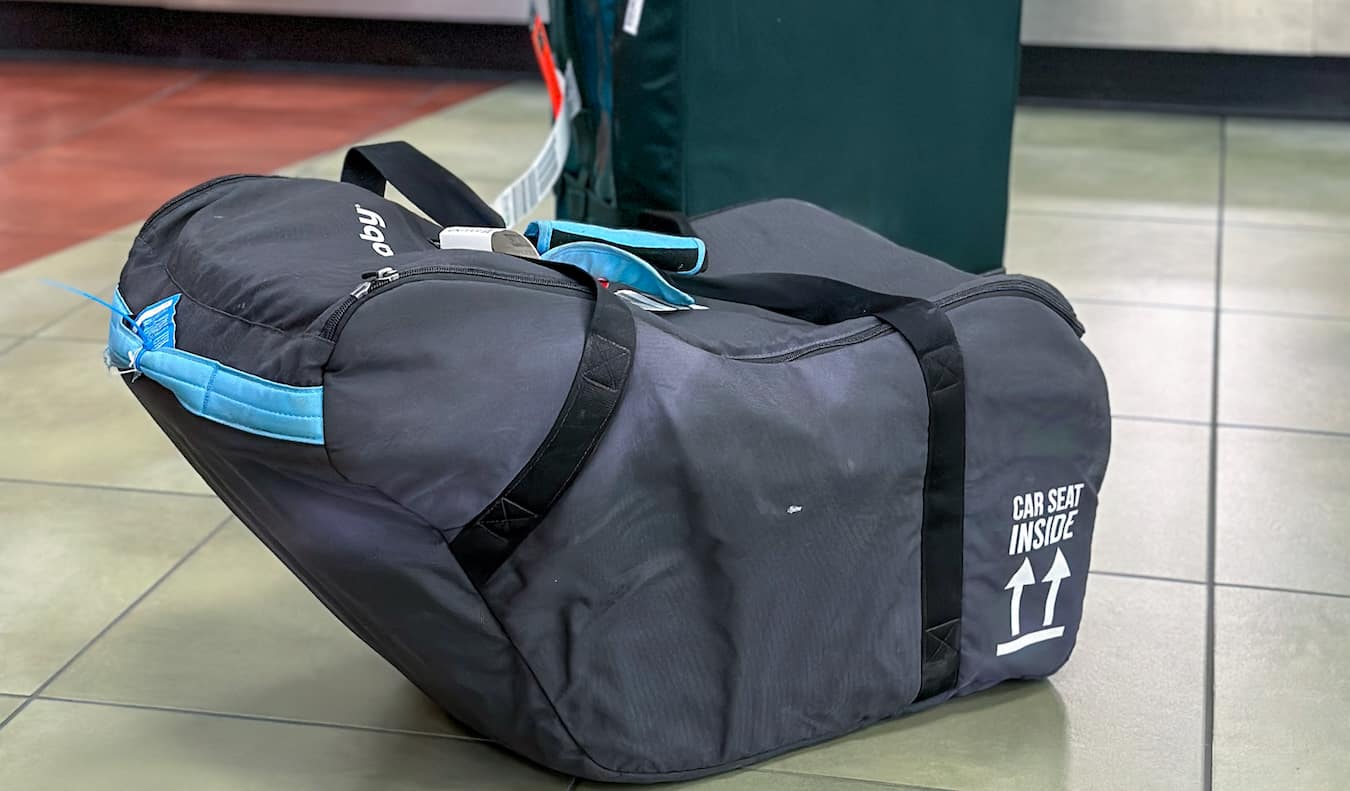
16. Clear Their Ears Before Takeoff and Landing
During takeoff and landing, changes in cabin pressure can cause discomfort for everyone, but babies don’t know yet how to clear their ears. To help alleviate this, breastfeed, or offer a bottle, pacifier, or even a snack that encourages swallowing. By making sure we do this for every takeoff and landing, we’ve been able to avoid crying due to ear pressure issues.
17. Know How to Clean Things Onboard
If you’re on a long flight, you’ll eventually need to clean a bottle or maybe even a breast pump. I like to bring a small, 2–3 oz. unscented soap container and a portable bottle washing station. Ask the flight attendants for clean water for washing. I’ve had them sometimes even offer to rinse a bottle out for me with hot water.
18. Keep Nap and Sleep Times Consistent
International travel often involves crossing multiple time zones, which can lead to jet lag for both you and your child. To help minimize its effects, make sure you’re keeping with regular nap times and bedtime as much as you can while flying. Stick to the local schedule upon arrival to adapt more quickly.
Jet lag is one of the biggest fears parents have, but my son tends to adjust more quickly than I do, and I’ve been impressed every time!
19. Dress Your Baby Comfortably
Dress your child in comfortable, breathable clothing for the flight. Opt for layers, as the temperature on the plane can vary. We always put my son in bamboo baby clothes, which are great for temperature regulation, and, having worn the adult versions myself, I can vouch that it’s like wearing a cloud. In a dry environment like an airplane, having some comfort is key.
20. Take a Walk
If you have a toddler, make sure you’re getting up and letting them walk up and down the aisles when there aren’t food or beverage carts around. It can help pass the time, get some energy out, and if you have a social kiddo like mine, give them a chance to wave at their adoring fans.
Although there are some well-publicized incidents with passengers getting upset at crying babies, I’ve never personally encountered anything like that, and find that fellow passengers will often play peekaboo or smile and wave at my son.
21. Be Mindful of Timing
When booking your flights, choose departure times that align with your child’s schedule as much as possible. Although it’s sometimes unavoidable, it sets us off on the wrong foot if I have to wake my son up for a flight well before he would naturally. He’s fussy and irritable, and he doesn’t always fall back asleep easily.
As for red-eyes or day flights, I’ve found that both work, but at least on a red-eye, he’s more likely to sleep for a good chunk of it, meaning I have to find fewer ways to entertain him.
22. Invest in a Good Baby Carrier
A comfortable baby carrier is a valuable asset when traveling with a child under two years. It allows you to have your hands free to manage luggage, documents, and other essentials while keeping them secure and close. We only traveled with a carrier until my son was about eight months old before switching to a stroller. That said, some destinations don’t have great sidewalks (I’m looking at you, Southeast Asia), so having a carrier is important, too. I have used both Ergobaby and Artipoppe and like both for different reasons: Artipoppe is more comfortable for the baby facing in, and Ergobaby is nicer facing outward.
23. Know Your Destination’s Regulations
Different countries may have specific regulations and requirements for traveling with a child. Research and familiarize yourself with any necessary documentation, vaccinations, or permits needed for your international destination.
I was surprised that in Namibia, we were asked to produce a birth certificate for my son when checking in for our flight to South Africa. We travel with a copy, which I’m glad we had along.
If you’re traveling solo, you may be required to show a copy of the birth certificate, a copy of the other parent’s passport, and a written authorization from the other parent that you’re allowed to take the baby out of the country. Canada listed this as a requirement, but I was never actually asked for anything. Still, it’s important to be prepared just in case.
24. Plan for Delays
Delays can happen (over 20% of flights are delayed, in fact!), so it’s wise to be prepared for them. Pack enough supplies, including diapers, formula, snacks, and entertainment, to handle unforeseen delays. We encounter them all the time, and a well-stocked carry-on can make waiting at the airport more manageable. If you have a phone or tablet for your toddler, make sure you have an external battery to keep them charged.
25. Be Patient
Traveling with a child can be challenging, and there may be moments of frustration or fatigue. Remember to stay patient and calm throughout the journey. If you’re super stressed out and nervous, your child will pick up on it. A positive attitude and a sense of humor can go a long way in making the experience enjoyable for both you and your little one.
***Ultimately, the key to a successful international journey with a child under two is embracing the adventure and knowing that it may not go perfectly. The flight is a necessary step to get to the vacation, so make the most of the experience, relish the small victories, and know that even if you have a fussy baby, it’s okay. They are part of society, and they’re allowed to fly, even cry if they have to.
It’s all worth it to build memories that you’ll always cherish with your little one, and to treat yourself as parents, too!
Kristin Addis is a solo female travel expert who inspires women to travel the world in an authentic and adventurous way. A former investment banker who sold all of her belongings and left California in 2012, Kristin has been traveling the world ever since. You can find more of her musings at Be My Travel Muse or on Instagram and Facebook.
Book Your Trip: Logistical Tips and Tricks
Book Your Flight
Find a cheap flight by using Skyscanner. It’s my favorite search engine because it searches websites and airlines around the globe so you always know no stone is being left unturned.
Book Your Accommodation
You can book your hostel with Hostelworld. If you want to stay somewhere other than a hostel, use Booking.com as it consistently returns the cheapest rates for guesthouses and hotels.
Don’t Forget Travel Insurance
Travel insurance will protect you against illness, injury, theft, and cancellations. It’s comprehensive protection in case anything goes wrong. I never go on a trip without it as I’ve had to use it many times in the past. My favorite companies that offer the best service and value are:
Want to Travel for Free?
Travel credit cards allow you to earn points that can be redeemed for free flights and accommodation — all without any extra spending. Check out my guide to picking the right card and my current favorites to get started and see the latest best deals.
Need Help Finding Activities for Your Trip?
Get Your Guide is a huge online marketplace where you can find cool walking tours, fun excursions, skip-the-line tickets, private guides, and more.
Ready to Book Your Trip?
Check out my resource page for the best companies to use when you travel. I list all the ones I use when I travel. They are the best in class and you can’t go wrong using them on your trip.

 Movie
Movie 4 months ago
115
4 months ago
115 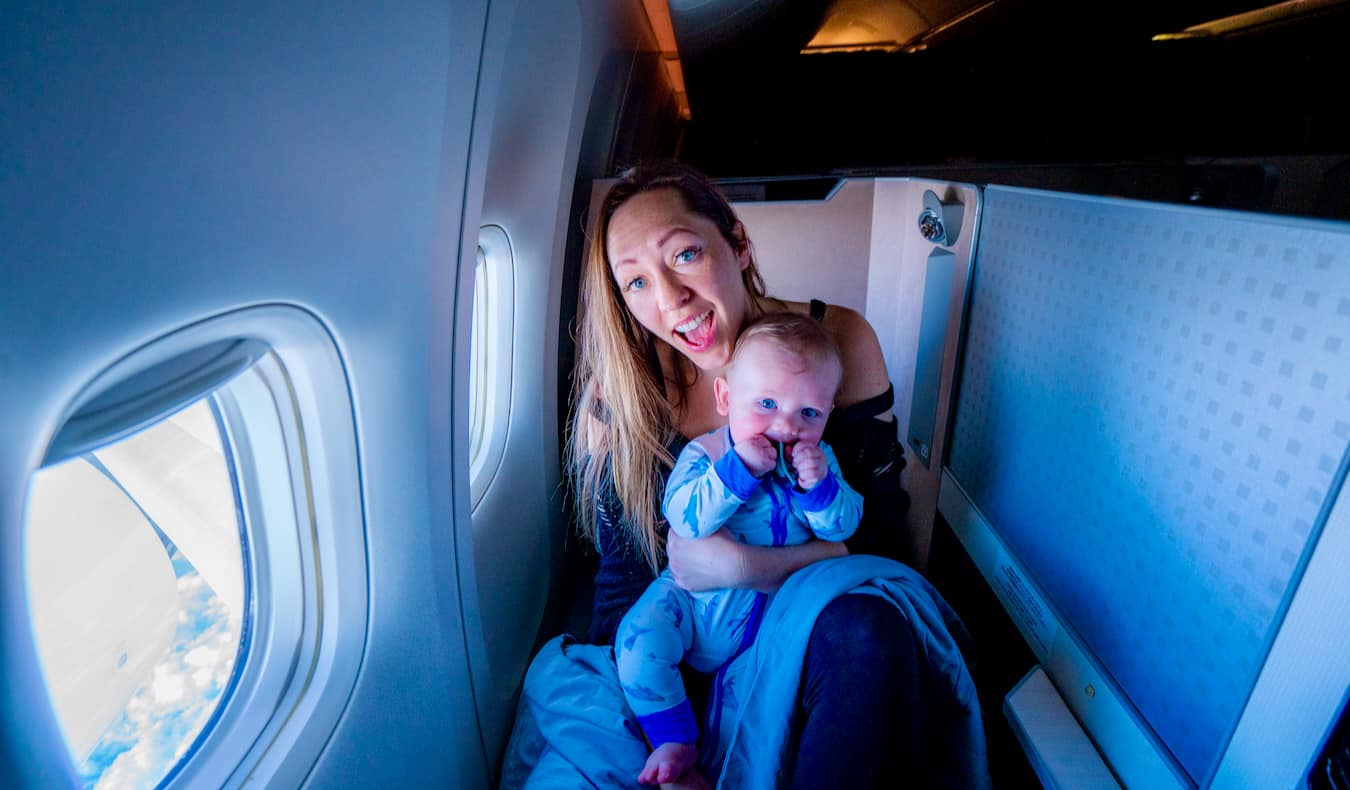

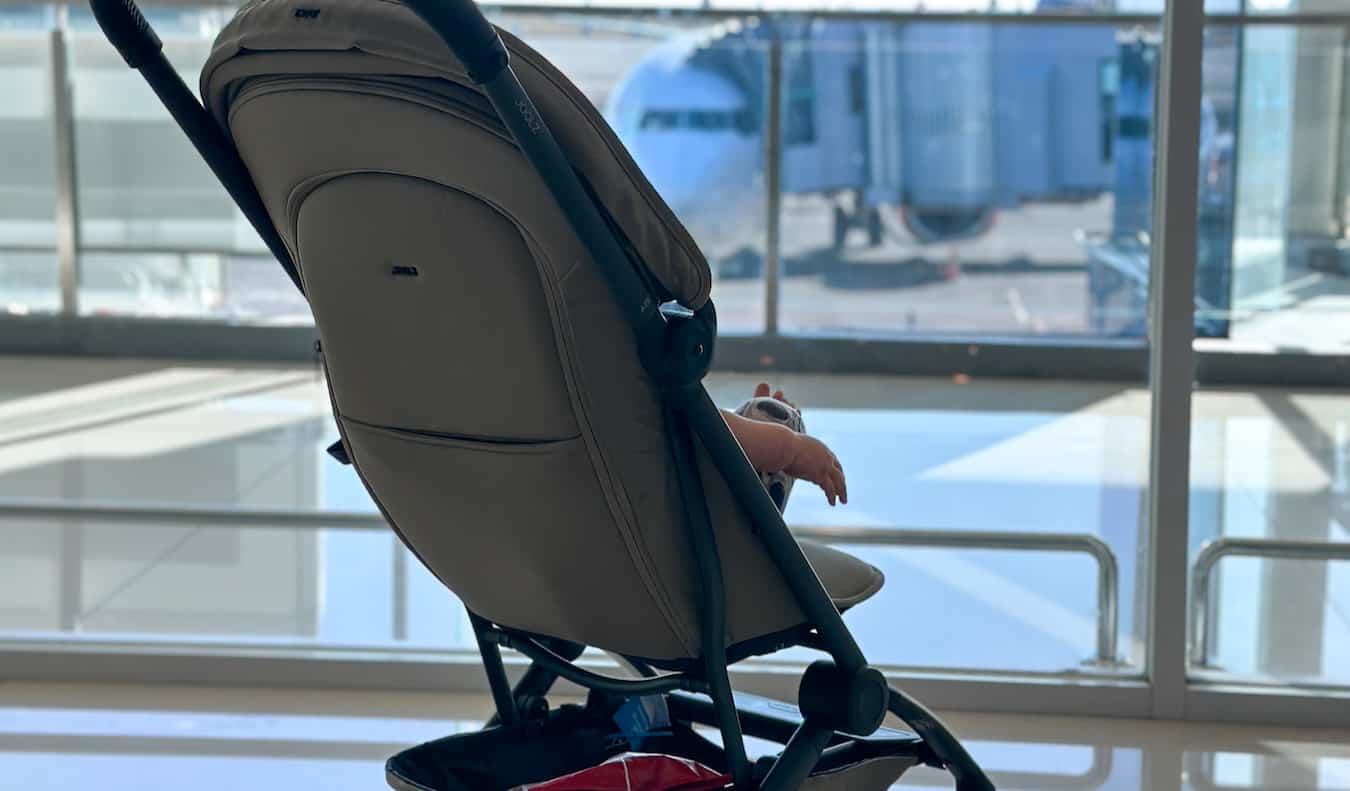

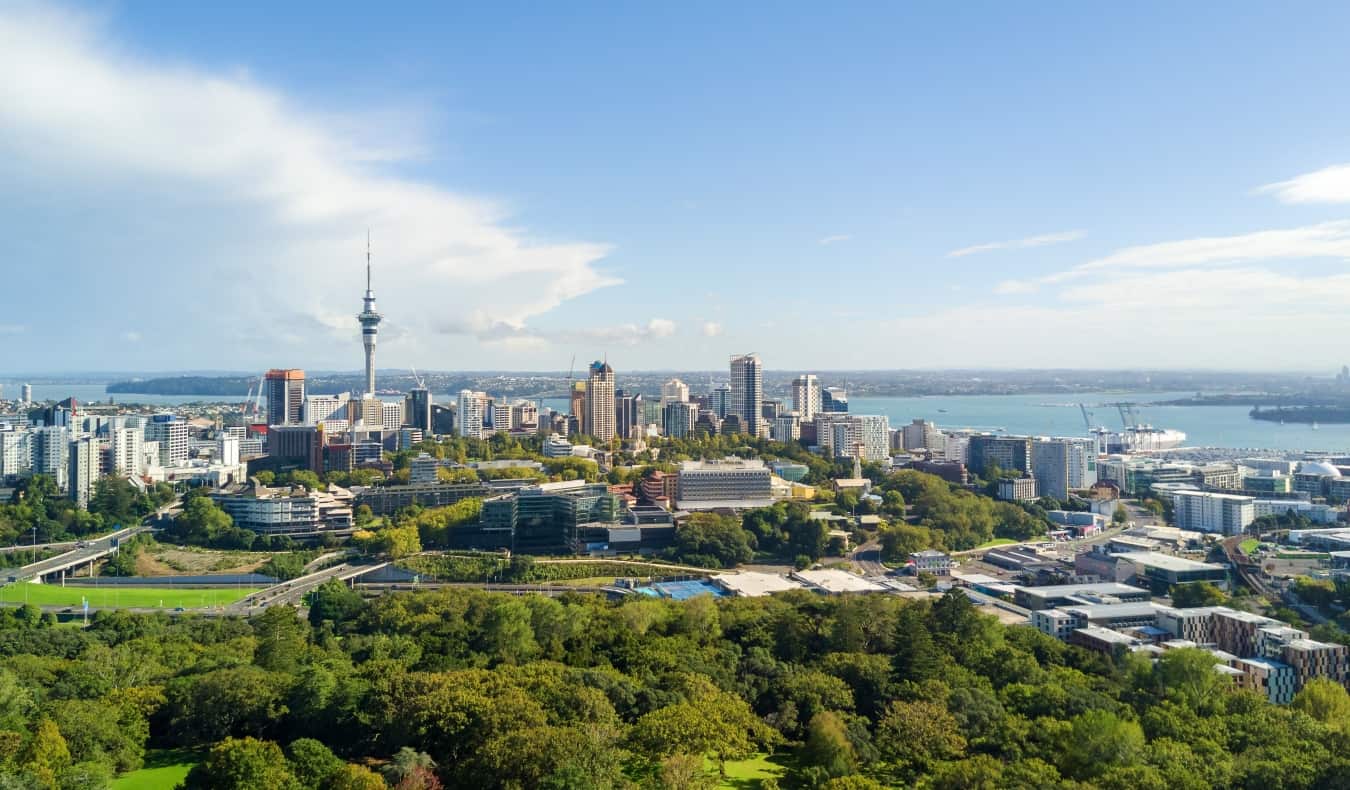




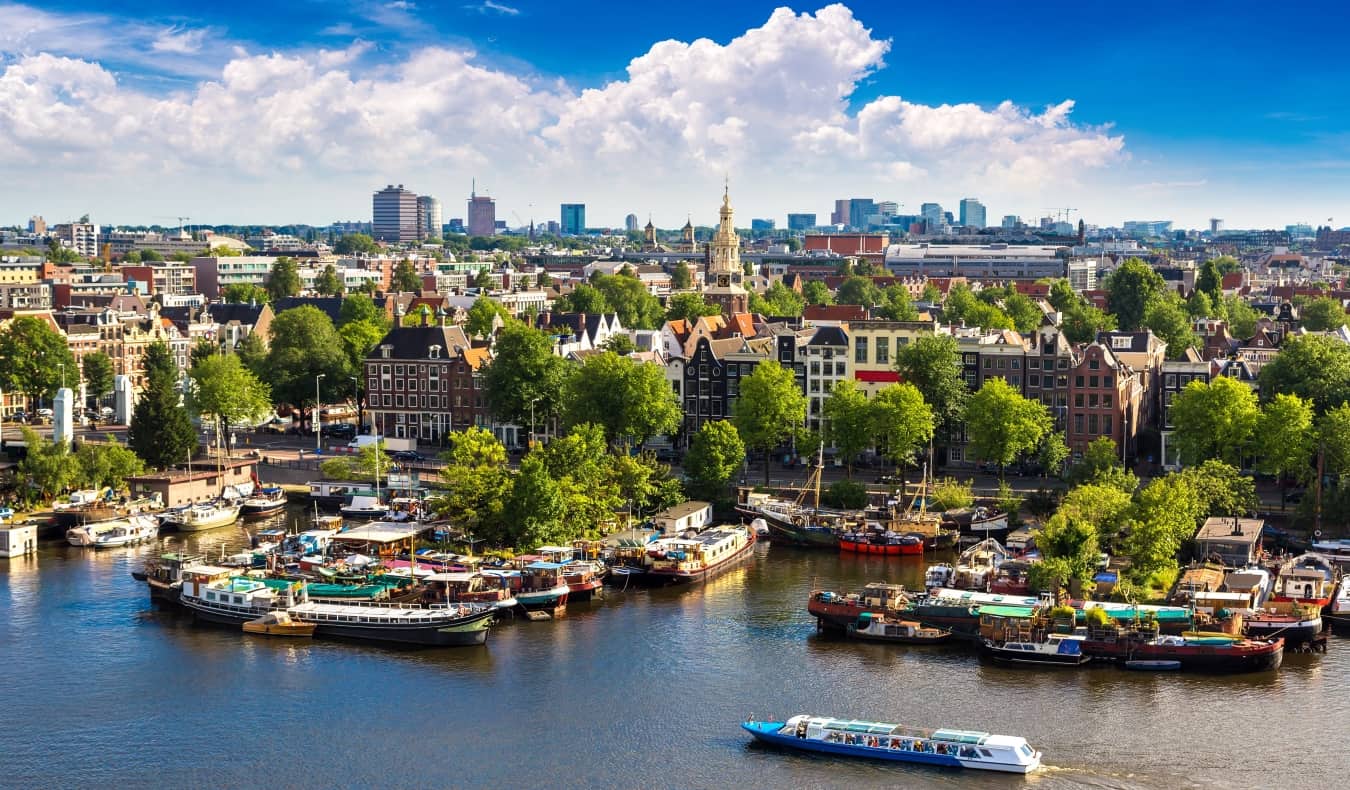

![Presidents Day Weekend Car Sales [2021 Edition] Presidents Day Weekend Car Sales [2021 Edition]](https://www.findthebestcarprice.com/wp-content/uploads/Presidents-Day-Weekend-car-sales.jpg)



 English (United States)
English (United States)